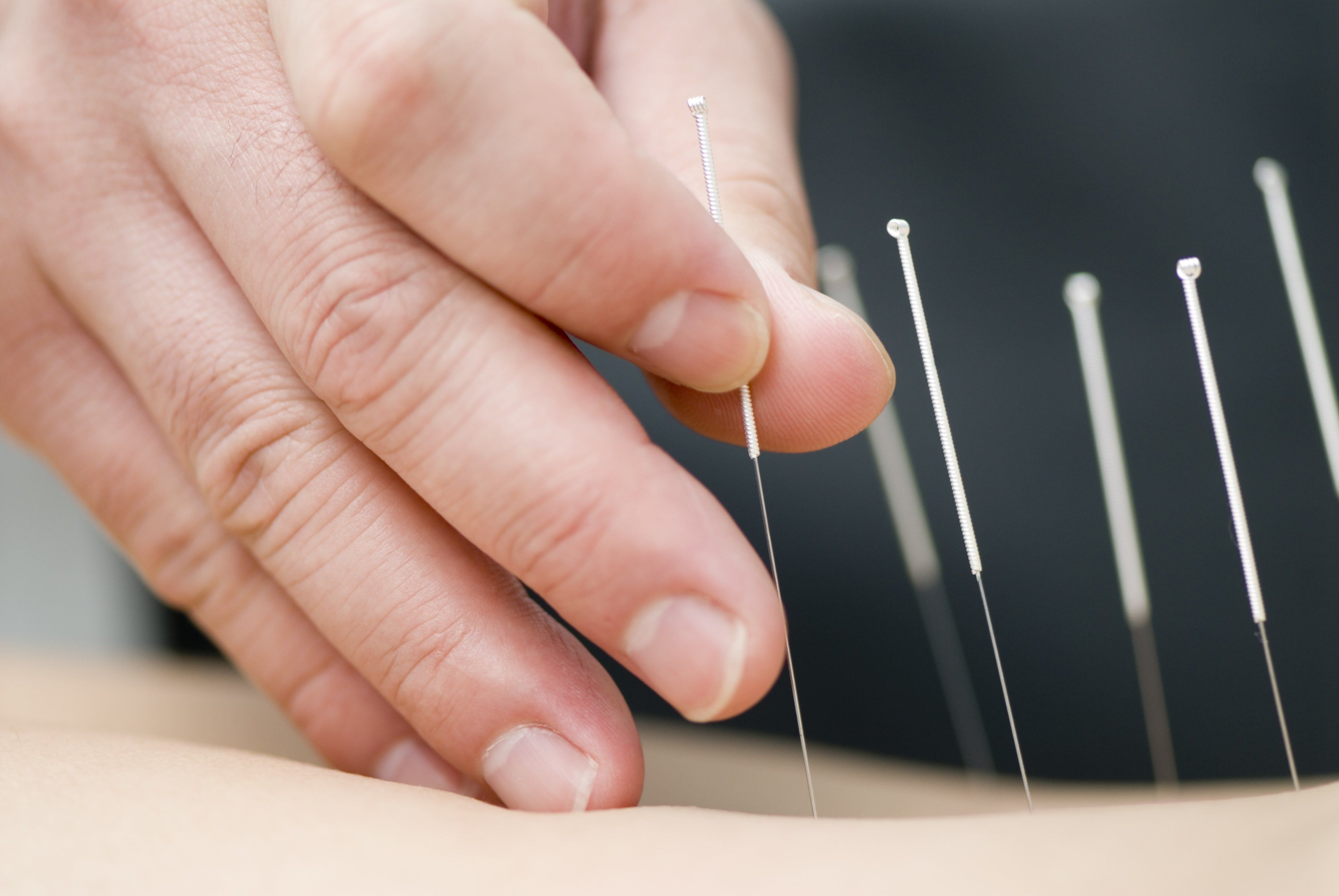Article
Medicare to cover acupuncture for chronic lower back pain
Author(s):
The decision is backed by a review of acupuncture studies showing the treatment is successful at alleviating pain without the use of opioids.

The Centers for Medicare and Medicaid Services (CMS) will cover acupuncture for Medicare patients with chronic back pain, according to a Jan. 21 news release.
The decision comes after the centers reviewed medical studies on acupuncture which supported the non-opioid or pharmacological therapy for chronic low back pain which a large number of private insurers cover for certain indicators, the release says.
Acupuncture involves the stimulation of specific points on the body, usually by inserting needles. The new policy will see Medicare covering up to 12 of these sessions in 90 days with an additional eight sessions for those lower back pain patients who show improvement, according to the release.
In a statement, HHS Secretary Alex Azar connected the expanded covered treatment options to the ongoing opioid crisis which led to 47,600 overdose death in 2017 and has widely been tied to physicians overprescribing the drugs.
“Medicare beneficiaries will now have a new option at their disposal to help them deal with chronic low back pain, which is a common and sometimes debilitating condition,” he says in the release.
Covering acupuncture is just one facet of the Trump administration’s attempts to curb the crisis which also includes issuing safety alerts to pharmacists when a Medicare beneficiary’s opioid prescription exceeds a certain level. These efforts have led to a 31 percent reduction in opioid prescriptions since 2017, the release says.
“We are dedicated to increasing access to alternatives to prescription opioids and believe that covering acupuncture for chronic low back pain is in the best interest of Medicare patients,” CMS Principal Deputy Administrator of Operations and Policy Kimberly Brandt says in the release. “We are building on important lessons learned from the private sector in this critical aspect of patient care. Over-reliance on opioids for people with chronic pain is one of the factors that led to the crisis, so it is vital that we offer a range of treatment options for our beneficiaries.”
The scope of the crisis has led to reticence among physicians in taking on new chronic pain patients, with 81 percent of respondents saying they were reluctant to do so and 83 percent said the crisis has made it more difficult to treat chronic pain patients, according to a report from Quest Diagnostics and the Center on Addiction.
A 2016 CDC guideline on prescribing opioids for chronic pain said there was no evidence showing a long-term benefit of opioids in pain and function versus treatment without the drugs with outcomes examined at least a year later, while extensive evidence showed the possible harms of opioids and the benefits of non-pharmacological and non-opioid treatments.





